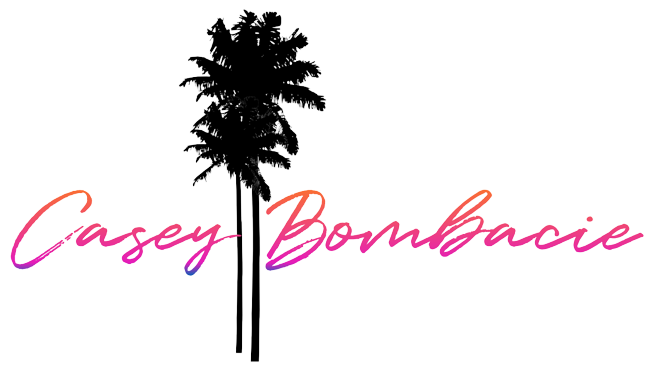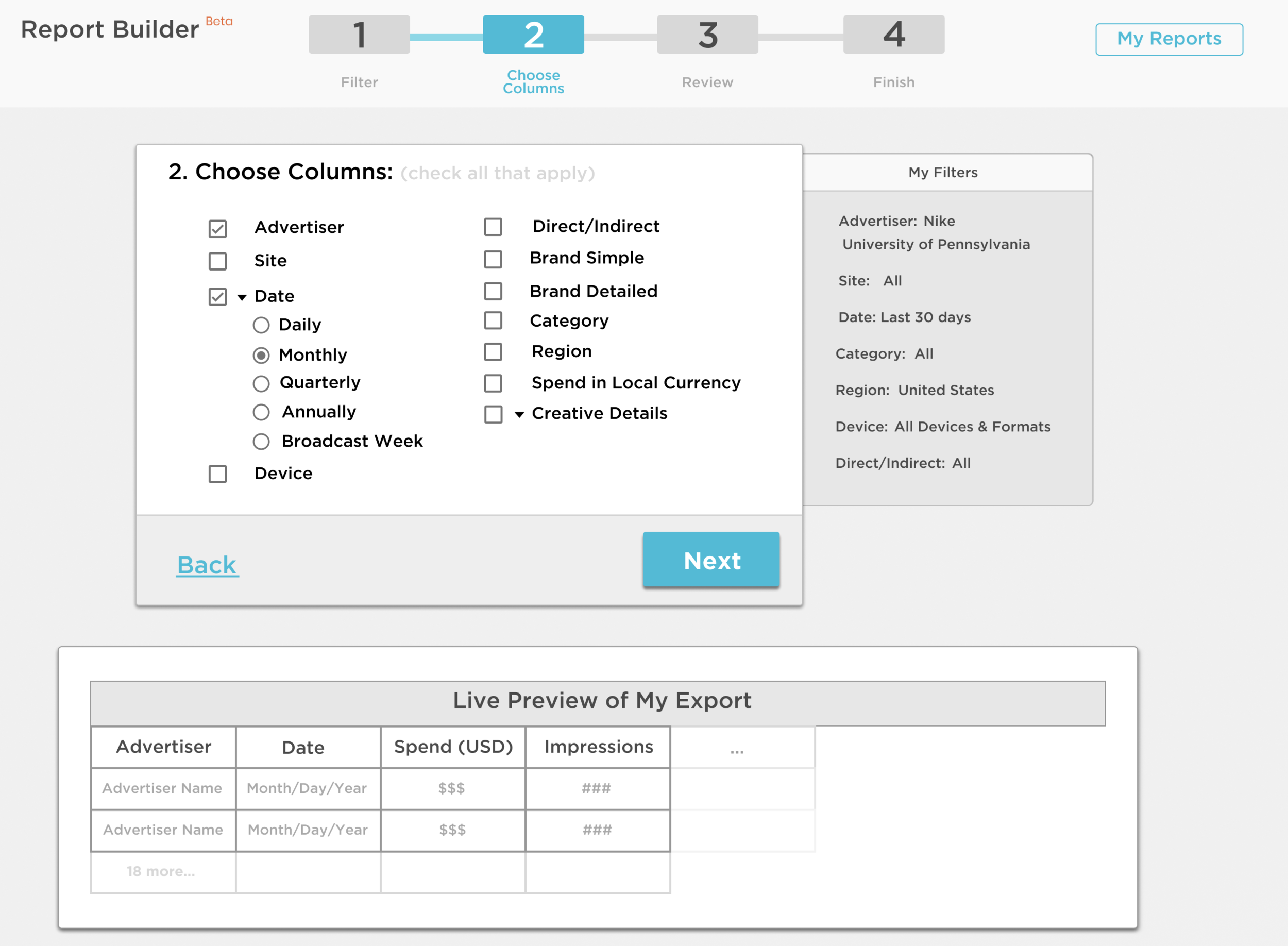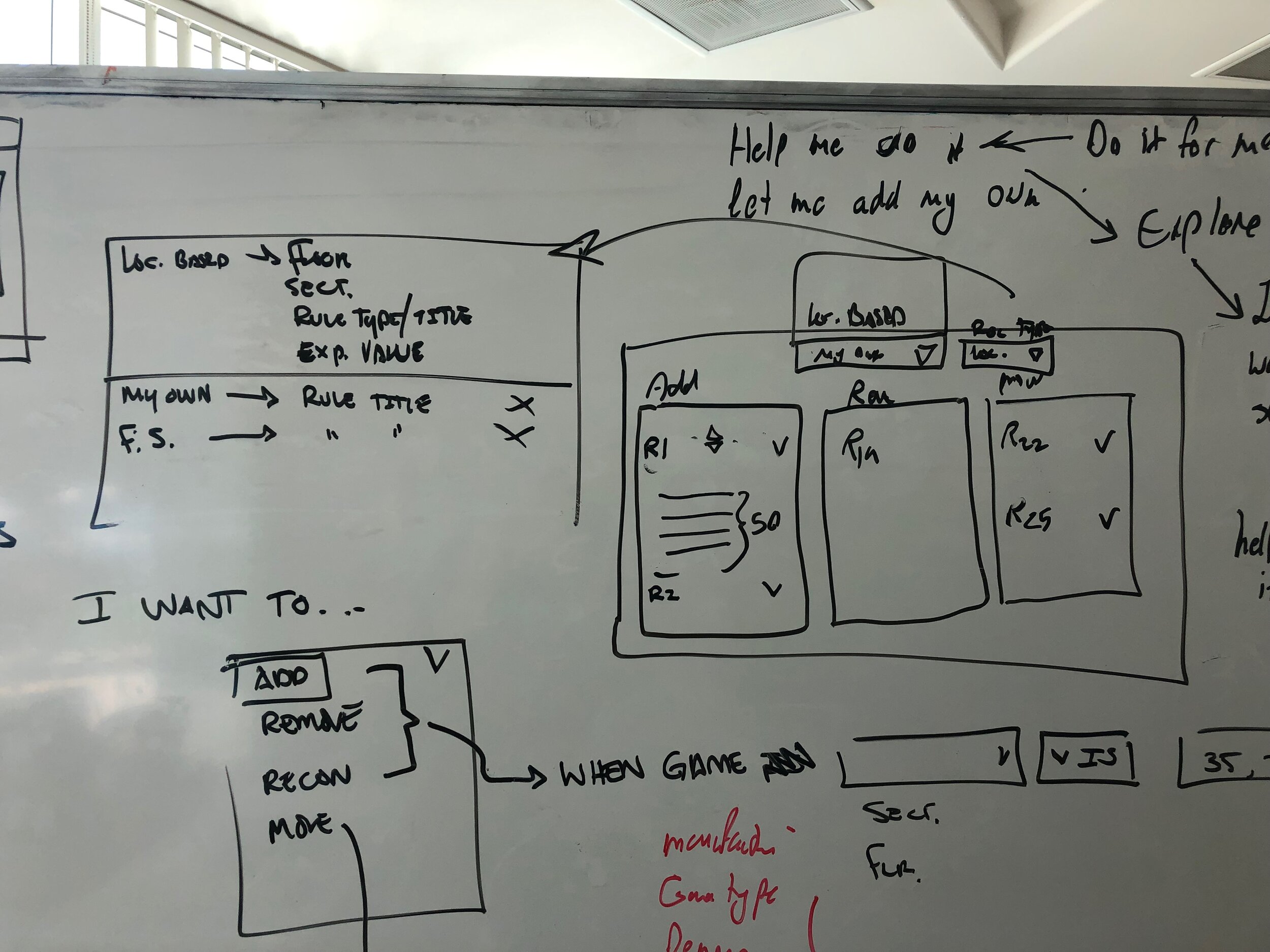
Let the data come to you
For any B2B, data analytics company, reports are HUGE. Pathmatics was in the perfect position to release a simple report builder that would allow their brand name clients to download the best marketing analytics data in the world. We worked together with users and the product team to release a report builder that made getting competitive analysis easier and faster than previous efforts.
You can go and make data say what you want or…you can let it speak to you via your users.
Report Builder
For any B2B, data analytics company, reports are HUGE. Pathmatics was in the perfect position to release a simple report builder that would allow their brand name clients to download the best marketing analytics data in the world. We worked together with users and the product team to release a report builder that made getting competitive analysis easier and faster than previous efforts.
I conducted over 2 dozen on-site moderated interviews to get the data that we needed to help create this new product line. At the end of the research, I put together a gallery of all of the findings and conclusions. The gallery was set up in one of our conference rooms and was up for a few days to allow the whole company to go through and see the work that had been done.
Skills Employed for this project:
Work with product management on project objectives and allocate resources to achieve the objectives as measured against plans
Whiteboarding
Map, maintain and evangelize the end-to-end customer journey for this new experience
Lo-fi/Hi-Fi prototyping
Design and conduct qualitative and quantitative research studies, including user interviews, in-person or remote usability studies, focus groups and surveys
Product creation and iteration
Led the team of designers and PMs by establishing timelines and implementation
Automating the future
For most casinos, a post forma is done around 90 days after their campaign. This is a problem that has multiple reasons, but the most quoted reason from users is: busyness.
Post Forma
For most casinos, a post forma is done around 90 days after their campaign. This is a problem that has multiple reasons, but the most quoted reason from users is: busyness. They are too swamped with the monthly campaigns to tens of thousands of customers, that they rarely get a chance to determine the profitability of their campaigns. Through dozens of phone calls with users and subject matter experts, dozens of prototype testing we were able to put together a post forma that reads from our current campaign software. It will save users dozens of hours and empower marketing managers to prove the ROI of their campaigns. A simple dashboard with in-depth reporting and the ability to add hard expenses was “all it took” to satisfy our users.
Problems to solve:
1) Database Marketing teams need to see daily updates of their campaigns
2) Keeping track of hard expenses creates a clear picture of Campaign ROI
3) Responsive dashboard that can be viewed anywhere by executives and team members
How I solved them:
1) As stated above, most marketing teams were not seeing their campaign results until 90 days AFTER the campaign had concluded. This discovery came through user interviews via phone and done in-person. It was a common theme that we were not expecting. This led us to discuss internally what a post forma would look like. Initial conversations were based around a SMEs excel spreadsheet. I scrapped the data tables because our users did not want more tables. They were wanting to get a glance of their live campaigns and send that information to their managers and executives. Our final version hit all of the major metrics, our roadmap includes adding in a calendar and some charts.
2) Hard expenses was a great challenge. There are lots of nuances to adding expenses for casino campaigns, we discovered. We had a few of our users walk us through their process. You have to be able to attribute dozens of expenses to a specific campaign. Sometimes you will split an expense over several campaigns. You also need to assign it a per unit cost. We distilled that data into its simplest form and based our interface on Google Forms (we use Material Design Principles as the basis for design system). That took several iterations and a few passionate discussions about the best user flow and interface. To see a final version, hit the link below and click on “Edit” in the “Expenses” card.
3) This was probably the easiest part of the whole product. Once we had confident data in our dashboard design it was a straightforward design to integrate mobile/tablet capability. Each set of cards was designed to mobile widths and stacked by section. The whole dashboard can exported as a png, so that users can send reports to their executives/managers.
Skills Employed for this project:
Work with product management on project objectives and allocate resources to achieve the objectives as measured against plans
Whiteboarding
Map, maintain and evangelize the end-to-end customer journey for this new experience
Lo-fi/Hi-Fi prototyping
Design and conduct qualitative and quantitative research studies, including user interviews, in-person or remote usability studies, focus groups and surveys
Product creation and iteration
Led the team of designers and PMs by establishing timelines and implementation
Led a remote dev team (New Zealand)
Award winning product
The most revolutionary slot floor product to ever come be released. It does the work of dozens of analysts and allows slot floor operators to see which machines they should add, remove, move, or reconfigure.
Recommendation Engine
The most revolutionary slot floor product to ever come be released. It does the work of dozens of analysts and allows slot floor operators to see which machines they should add, remove, move, or reconfigure.
It’s the result of 2 quarters of user research, whiteboarding, prototyping, and design. It was the most demo-ed product at G2E 2019. It’s the software that casinos have been looking for and my team handled it perfectly. From initial meetings with the product team to dozens of phone calls with subject matter experts and users; we were able to produce a game-changing product in 2 quarters.
Problems to solve:
1) Help slot operators quickly see the changes their floor needs.
2) Integrate a data analytics software so we can track usage.
3) Explain our reasoning to skeptical slot operators.
How I solved them:
1) Because this product was brand new, we spent a month front loading user interviews with slot operators. We had countless conversations, formally and informally, to help us set up our ideas for a product. We had an initial idea, we wanted it to be recommendations from the floor. But we needed to understand standard metrics, needs, and pain points with their floor and their current software (if any). Once we gained that understanding, we were able to start whiteboarding. We ran initial concepts by our SMEs on staff before taking the drawings back to our users. We ran through several iterations after multiple conversations with our users. We landed on the appearance in the image above as the final version.
2) Our legacy products were all built in flash and had no user analytics in them. My goal was to implement Pendo into our new products and roadmap. Because our clients are tribal casinos, who do not want their data leaving their land, this posed a unique challenge. How can we get user data from the cloud, if they tribes do not want their data in the cloud? My first step was to get internal stakeholders onboard with the necessity of having user data. After several presentations, I had the support I needed to start socializing the idea with casino leadership. After talking with several casinos and their technical teams, I gained the necessary support. I was able to talk with Tribal Councils to gain their approval as well. I had to define what data would be sent and where, how safe the data would be, and how important it is for us and them. We now have Pendo implemented on our new products and receiving data daily.
3) The casino industry is a unique one, because there are many operators who go with their “gut.” They have been around since before data analytics and have made money due to their expertise and ability to try new things. This was a great challenge for us (Product Team), because we needed to create a product that could show our math. To do that we implemented a collapsible portion of each recommendation that revealed our numbers. Perception in UX is enormous, if people “feel” they can trust the data they will. We had multiple conversations internally and with users as to how best to accomplish that task. We did and it was a great success.
Click here for working prototype.
Skills Employed for this Project:
Work with product management on project objectives and allocate resources to achieve the objectives as measured against plans
Whiteboarding
Map, maintain and evangelize the end-to-end customer journey for this new experience
Lo-fi/Hi-Fi prototyping
Design and conduct qualitative and quantitative research studies, including user interviews, in-person or remote usability studies, focus groups and surveys
Product creation and iteration
Led the team of designers and PMs by establishing timelines and implementation
Led a remote dev team (New Zealand)
End-to-end product design from ideation to delivery
Real-time data for a real time win.
For casino properties, player development is the frontline of defense. Hosts use the app to move players into their pipeline to drive sales, events, offers, and hotel reservations. After several rounds of user interviews with player development managers, host managers, and hosts; we put together a working prototype that could be built in one quarter using AGILE processes.
Player Development Mobile App
For casino properties, player development is the frontline of defense. Hosts use the app to move players into their pipeline to drive sales, events, offers, and hotel reservations. After several rounds of user interviews with player development managers, host managers, and hosts; we put together a working prototype that could be built in one quarter using AGILE processes. The project is still WIP and we have tested this prototype with the aforementioned users and have received positive feedback.
Everything begins with research, assumptions, and whiteboards. The first step in this process was to talk to a sample of ~20 users. We came up with a list of 11 questions that cover topics surrounding their work day and their workflow. We ask questions like: “What does a successful day look like for you?” to “Tell me about a day in the life of…” These questions draw out organic answers that begin to form a picture. From this picture we can determine pain points, problem areas, and potential solutions. Our first iteration is below.
PROBLEMS TO SOLVE:
1) Our current solution was slow and cumbersome.
2) Player Hosts need to see real-time data of their players on the floor and be able to search for them.
3) Host Managers would like more accountability with task completion by their hosts.
HOW I SOLVED THEM:
1) We already had a mobile solution that sort of solved these problems. The main issues with the app were functionality, speed, and data flow. Often times a host would be notified that a player was at a slot machine, only to get there and the player was gone. We called this “ghost chasing.” This was a common theme across all the clients using this app. We heard about this problem across twenty interviews. The way I solved this was to first come at the app with a fresh perspective. Because the current solution was not a true native app, my suggestion was that we spend the time and focus on developing a new native app to replace the web app. This would allow for more efficient user flow, push notifications (which we did not have and many were asking for), and better responsiveness. We could remove the slow, cumbersome interface of the old app and solve a lot of experience problems with a native app. There were a few internal stakeholders who held opposing views on the native app concept. The product team was able to convince them this was the best course of action.
2) The primary focus of this app needed to be this: “who is on the floor now” and “help me search for players”. As you can see in the whiteboard prototype (linked below and here), this was accomplished on the home screen. We removed a few steps and barriers in the old app by bringing those two views to the forefront. We refined this home screen several times through user interviews and iterations before arriving at the hi-fi prototype version (also linked below). Players on floor would give the hosts the quick glance view they needed and having a search bar as the one of the first things you see was a huge win and garnered lots of positive feedback in our interviews.
3) While our primary persona was the host, we also had to satisfy the host managers whose main responsibility is to keep their hosts accomplishing tasks. Tasks are all about connecting to the players to get them into play slots. Playing slots = revenue. This was a large conversation that spanned multiple interviews with hosts, managers, and even execs. How do we encourage the hosts to accomplish their tasks without the host feeling “watched” or “micro-managed.” Ultimately, we were able to find a design that satisfied the hosts and behind the scenes, the managers. This product was halted at the end of 2019 due to financial constraints of the company.
Click here for whiteboard prototype.
After we completed the above iteration. We went back to our users and asked them about the prototype. We asked them to perform simple tasks such as: searching for players, completing tasks, and calling players. Armed with this data, we asked ourselves what can we get done in 90 days? The working prototype below is the initial solution.
Click here for working prototype.
Skills Employed for this Project:
Worked with product management on project objectives and allocate resources to achieve the objectives as measured against plans
Whiteboarding
Map, maintain and evangelize the end-to-end customer journey for this new experience
Lo-fi/Hi-Fi prototyping
Design and conduct qualitative and quantitative research studies, including user interviews, in-person or remote usability studies, focus groups and surveys
Product creation and iteration
Led the team of designers and PMs by establishing timelines and implementation

























